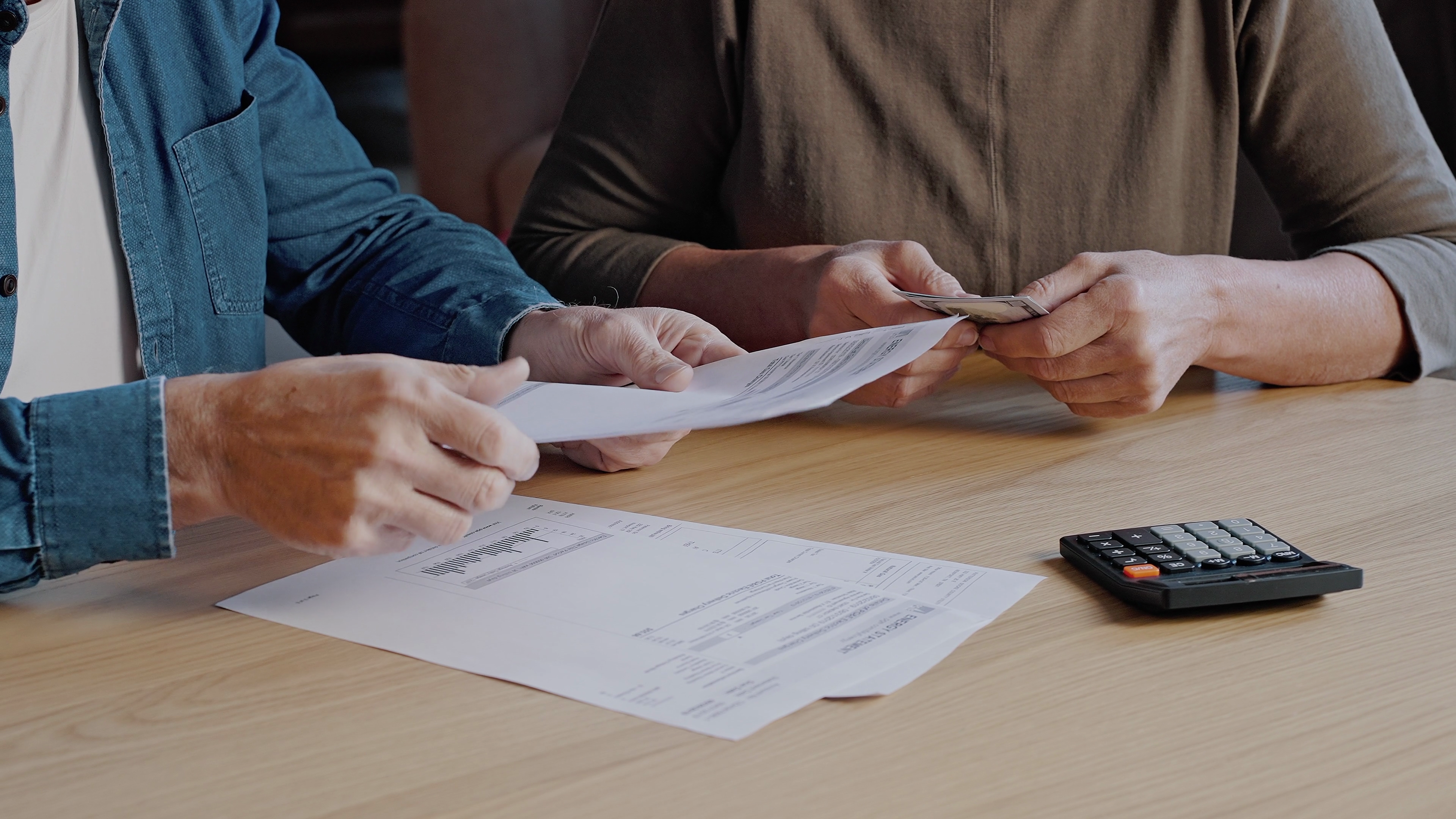When you’re in the market to buy a home, having a verified approval letter can significantly enhance your purchasing power and streamline the buying process. This letter is more than just a pre-qualification; it signifies that a lender has thoroughly reviewed your financial information and is willing to provide you with a loan up to a specified amount. Here’s how obtaining a verified approval letter can benefit you as a homebuyer.
1. Strengthen Your Offer
A verified approval letter carries more weight than a simple pre-qualification or pre-approval letter. It demonstrates to sellers that you are a serious and financially qualified buyer. In competitive real estate markets where multiple offers are common, verifying approval can set your offer apart and increase your chances of accepting it.
2. Know Your Budget
Before issuing a verified approval letter, lenders comprehensively review your financial documents, including income statements, credit history, and employment verification. This thorough assessment clearly shows how much you can afford to borrow and repay comfortably. It prevents you from overextending financially and helps you narrow your home search to properties within your budget.
3. Accelerate the Closing Process
A verified approval letter signifies that your financial background has been thoroughly vetted, expediting the closing process. Sellers are more likely to accept offers from buyers with verified approval letters because they know financing is less likely to fall through. This can lead to faster negotiations and a smoother transaction overall.
4. Increase Negotiating Power
With a verified approval letter, you can negotiate confidently with sellers. You have the advantage of knowing that your financing is secure, which can give you leverage in negotiating purchase prices, contingencies, and other terms of the sale. Sellers may be more willing to accommodate your requests, knowing that you are a qualified buyer.
5. Gain Peace of Mind
Obtaining a verified approval letter provides peace of mind throughout the homebuying process. You have already undergone the rigorous financial review lenders require, reducing the uncertainty of whether you will qualify for a mortgage. This confidence allows you to focus on finding the right home without worrying about potential financing issues.
6. Navigate Competitive Markets
In competitive housing markets, where homes may receive multiple offers within days of listing, having a verified approval letter gives you a competitive edge. It shows sellers that you are ready and able to proceed with the purchase, which can be particularly advantageous in bidding wars or when competing with cash buyers.
7. Simplify Documentation Requirements
Since much of the financial documentation has already been reviewed for the verified approval process, you may encounter fewer document requests and less paperwork during the underwriting phase of your mortgage application. This streamlines the process and reduces the likelihood of delays.
Conclusion
A verified approval letter is a powerful tool for homebuyers seeking to purchase a home confidently and efficiently. It demonstrates financial readiness to sellers, accelerates the closing process, and provides peace of mind throughout the transaction. By obtaining a verified approval letter early in your homebuying journey, you can position yourself as a strong and competitive buyer in today’s dynamic real estate market.






























